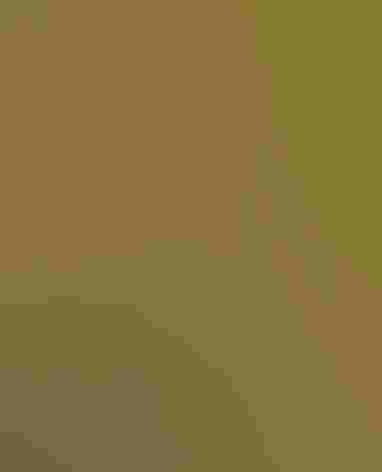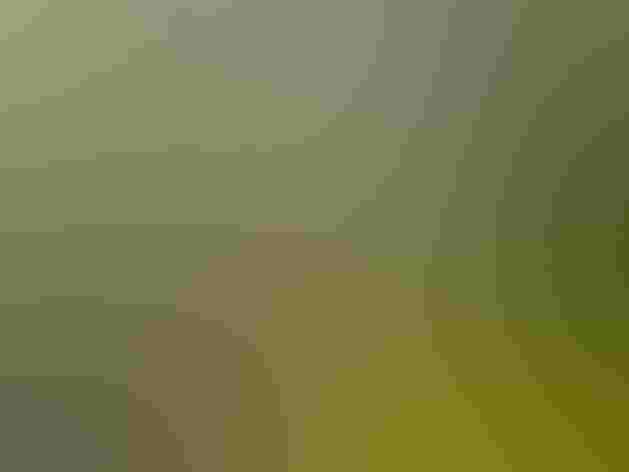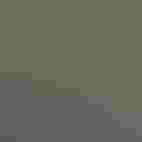American Coot
At a Glance
Coots are tough, adaptable waterbirds. Although they are related to the secretive rails, they swim in the open like ducks and walk about on shore, making themselves at home on golf courses and city park ponds. Usually in flocks, they are aggressive and noisy, making a wide variety of calls by day or night. They have strong legs and big feet with lobed toes, and coots fighting over territorial boundaries will rear up and attack each other with their feet. Often seen walking on open ground near ponds. In taking flight they must patter across the water, flapping their wings furiously, before becoming airborne.
All bird guide text and rangemaps adapted from Lives of North American Birds by Kenn Kaufman© 1996, used by permission of Houghton Mifflin Harcourt Publishing Company. All rights reserved.
Category
Chicken-like Marsh Birds, Rails, Gallinules, Coots
IUCN Status
Least Concern
Habitat
Coasts and Shorelines, Freshwater Wetlands, Lakes, Ponds, and Rivers, Saltwater Wetlands
Region
Alaska and The North, California, Eastern Canada, Florida, Great Lakes, Mid Atlantic, New England, Northwest, Plains, Rocky Mountains, Southeast, Southwest, Texas, Western Canada
Behavior
Direct Flight, Rapid Wingbeats, Running, Swimming
Population
7.100.000
Range & Identification
Migration & Range Maps
Some populations probably permanent resident, others migratory. May winter as far north as open water permits. Probably migrates mostly at night.
Description
15" (38 cm). Charcoal gray with blacker head, thick white bill, with white and chestnut frontal shield up forehead. Nods its head as it swims; walks on land, showing big feet with lobes along toes. Immature paler gray; downy young has red head.
Size
About the size of a Crow
Color
Black, Gray, Red, White, Yellow
Wing Shape
Broad, Pointed
Tail Shape
Short
Songs and Calls
A variety of clucks, cackles, grunts, and other harsh notes.
Call Pattern
Flat, Rising
Call Type
Chirp/Chip, Odd, Rattle, Scream, Whistle
Habitat
Ponds, lakes, marshes; in winter, also fields, park ponds, salt bays. For breeding season requires fairly shallow fresh water with much marsh vegetation. At other seasons may be in almost any aquatic habitat, including ponds or reservoirs with bare shorelines, open ground near lakes, on salt marshes or protected coastal bays. Migrants sometimes are seen out at sea some distance from land.
Sign up for Audubon's newsletter to learn more about birds like the American Coot
Behavior
Eggs
6-11, sometimes 2-12. Buff to grayish with brown spots. Nests with more than 12 eggs probably indicate laying by more than 1 female. Incubation by both sexes, 21-25 days.
Young
can swim well soon after hatching; follow parents and are fed by them. At night, young are brooded on a nest-like platform built by male. Young probably able to fly at about 7-8 weeks after hatching. 1 or 2 broods per year.
Feeding Behavior
Wide variety of foraging methods -- dabbles at surface of water, upends in shallows, dives underwater (propelled by feet), grazes on land. Also steals food from various ducks.
Diet
Omnivorous. Eats mostly plant material, including stems, leaves, and seeds of pondweeds, sedges, grasses, and many others, also much algae. Also eats insects, tadpoles, fish, worms, snails, crayfish, prawns, eggs of other birds.
Nesting
Very aggressive in defense of nesting territory. In courtship, male may pursue female across water. Displays include swimming with head and neck lowered, wings arched, tail raised to show off white patches. Nest site is among tall marsh vegetation in shallow water. Nest (built by both sexes) is floating platform of dead cattails, bulrushes, sedges, lined with finer materials, anchored to standing plants. Several similar platforms may be built, only one or two used for nesting.
Conservation
Conservation Status
Still abundant in many areas, although has decreased in recent decades in some areas, especially in east.
Climate Threats Facing the American Coot
Choose a temperature scenario below to see which threats will affect this species as warming increases. The same climate change-driven threats that put birds at risk will affect other wildlife and people, too.









